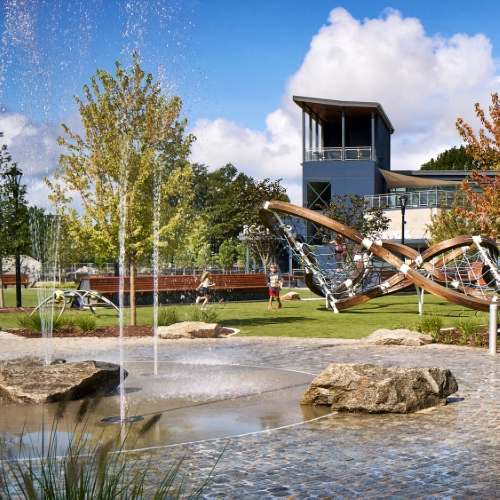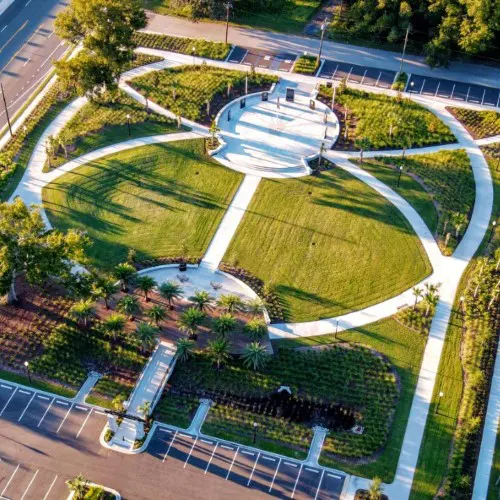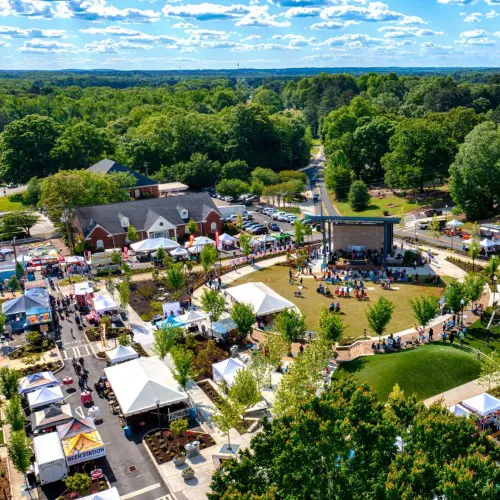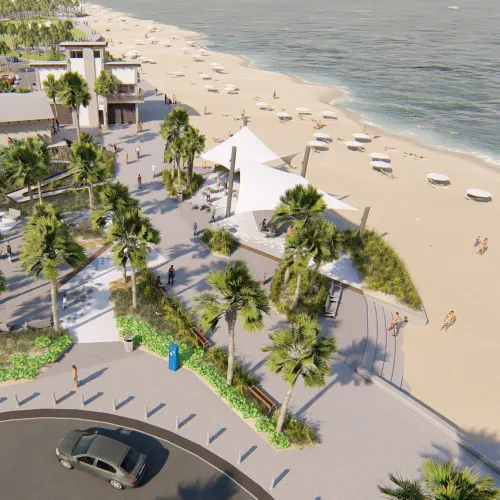Parks and trails refer to outdoor spaces that are set aside for public use and enjoyment. Parks are typically large, designated areas of land that offer a wide range of recreational activities and amenities, such as playgrounds, sports fields, picnic areas, and nature trails. They may also include cultural and historical features, such as monuments and museums. Parks can be found in both urban and rural areas and can be owned and managed by local, state, or federal government agencies.
Trails, on the other hand, are typically narrow paths or walkways that are designed for hiking, biking, or other forms of non-motorized travel. They can be found in a variety of settings, including urban parks, rural wilderness areas, and along scenic byways. They can range in length from short, easy loops to long-distance, multi-day routes. Some trails are paved and accessible to wheelchairs and strollers, while others are natural-surface paths that may be more rugged and challenging.
Parks and trails can provide a wide range of benefits to communities and individuals. They offer opportunities for physical activity, which can improve overall health and well-being. They also provide opportunities for learning and exploring nature, and can be used as a resource for environmental education. Parks and trails can also provide economic benefits, by attracting visitors and tourists, and by increasing property values.
Both parks and trails are an integral part of the community, providing places for people to gather and socialize, to enjoy nature, and to engage in healthy outdoor activities. They offer a variety of recreational opportunities for all ages, abilities, and interests. Many communities have trail systems that are connected to each other, creating a network of trails for people to explore and enjoy.
In addition, trails can also be used for transportation, providing an alternative mode of transportation to cars and can reduce traffic congestion, and air pollution. The increase of trails and bike lanes in cities is becoming a trend as it helps to improve the quality of life for the citizens.
Overall, parks and trails play a vital role in creating livable, sustainable communities and promoting healthy lifestyles. They are an important resource that should be protected and maintained for current and future generations to enjoy.






